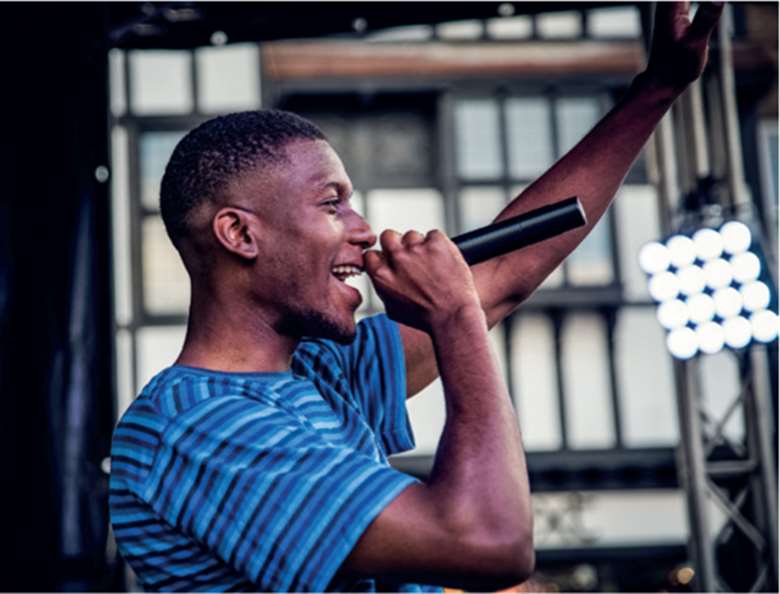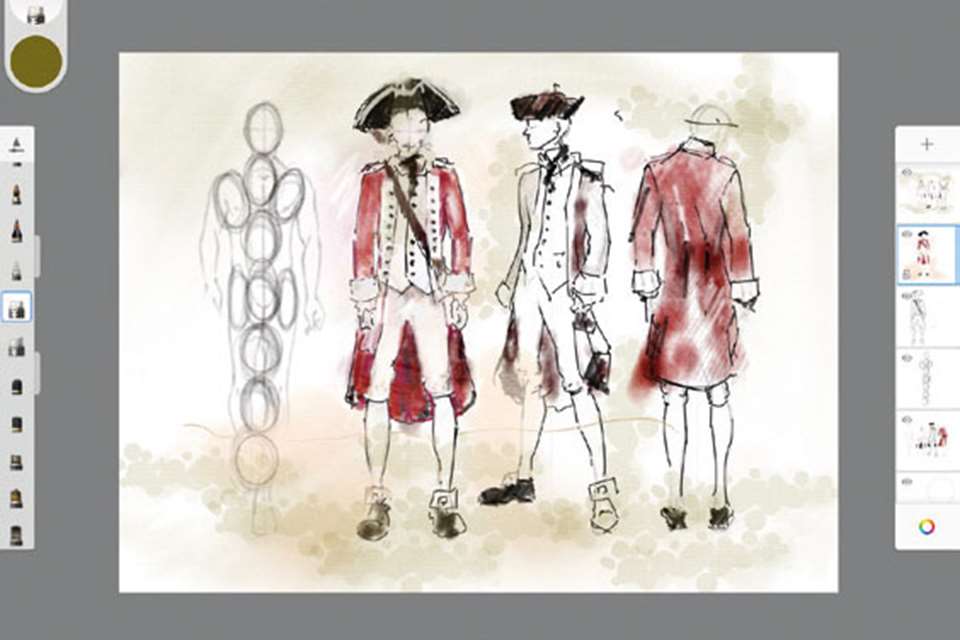Webinar review: Neurodiversity and accessibility in the arts
Robert Marsden
Sunday, May 1, 2022
'An enlightening and productive webinar breaking down accessibility in the creative arts.'

Simon Adrians/ Tangle Photography
While Creative Youth's work targets young people aged 5 to 26, their recent webinar examining neurodiversity and accessibility would be of use to the entire profession and certainly isn't age–bound. Those watching from this target group can take much needed knowledge from the webinar to support change to the industry as–is, rather than simply responding to current trends.
In the past five years, there has been an acceleration in research into how to best support artists in the creative arts. This has included Petronilla Whitfield's excellent work on teaching Shakespeare to students with neurodiversity and dyslexia, as well as her recent text on inclusive practices in performance training. Daron Oram's work has examined approaches to actor training with concrete techniques for teachers when working with students with dyslexia, dyspraxia and autism. Their work aligns with this panel's suggestions of techniques, such as writing down instructions and questions, ‘chunking’, the use of shorter five–minute breaks, and for directors and teachers not to talk in metaphors or overly use hints or subtext.
Chaired by director Michelle Payne, inclusivity was at the heart from the beginning: with pronouns and description of self being expressed from writer and performer Tabby Lamb, spoken word artist and composer Emy Parsons and performance maker Ushiku Crisafulli. The chat bar was able to keep up with the pace of the conversation, with useful links being posted to organisations and initiatives, such as Celebrate Diversity Manchester and Access for All UK. The panel members shared openly, honestly and personally, ensuring an essential normalisation of neurodiversity.
So much was channelled into a mere 60 minutes, and I felt this could have been a whole day event. Centred around several questions, there was a mix of personal stories and testimony, practical and tangible ‘how–tos’ with some background philosophies and contexts. Most importantly I felt, there was a call to arms to create an industry as it should be, not merely as it is, especially around the use of access stories.
It was encouraging to hear Lamb discuss access riders and how organisations are embracing these for interview and audition processes, yet it disappoints to know there is still so far to go to ensure parity across the industry. Payne enthused over ACE's access writers for grant application support. Yet, these two elements alone cannot ensure that the gates are being dismantled to make the arts accessible to all. Simply put, the arts cannot reflect life as it is and can be, if they are not inclusive from the point of entry for professionals and audiences alike.



